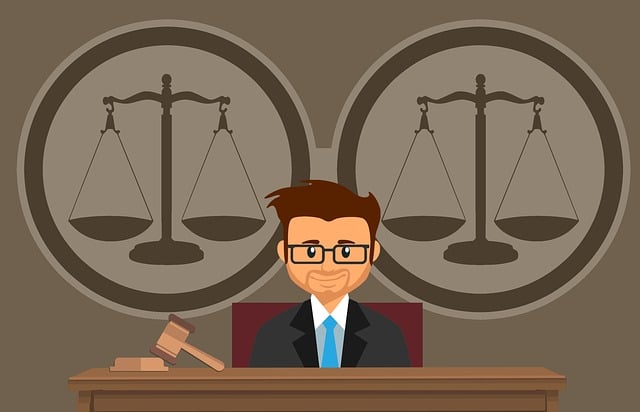In the U.S., state laws vary widely regarding compensation for emotional distress in wrongful death cases, with some capping damages and others leaving decisions to juries. This variability makes legal expertise crucial, especially in complex cases like medical negligence or employment disputes. Advocates argue against caps on pain and suffering awards to ensure fair compensation for victims' losses, while reformists push for equitable damage assessments in fiduciary duty breaches and contract disputes, balancing compensatory and punitive measures while upholding society's commitment to human dignity and well-being.
In many states, wrongful death laws allow families to seek compensation for pain and suffering damages. However, these laws vary significantly when it comes to setting limits on such claims. This article explores state-by-state variations in limiting pain and suffering awards in wrongful death cases. We delve into the legal arguments surrounding these caps and discuss potential future directions for reform, emphasizing the importance of ensuring fair and adequate compensation for victims’ families. Understanding wrongful death pain and suffering laws is crucial for both legal professionals and citizens advocating for justice.
- Understanding Wrongful Death Law and Pain & Suffering Damages
- State-by-State Variations in Limiting Pain & Suffering Claims
- Legal Arguments and Future Directions for Reform on Limits
Understanding Wrongful Death Law and Pain & Suffering Damages

In the context of wrongful death cases, understanding pain and suffering damages is paramount. These damages are intended to compensate survivors for the emotional distress and mental anguish caused by a loved one’s untimely death. When navigating through employment disputes or medical negligence cases that lead to such tragedies, it becomes crucial to comprehend how legal systems assess and award these non-economic losses. Unlike economic damages, which cover tangible expenses like medical bills or lost wages, pain and suffering damages are more subjective and focused on the quality of life affected by the loss.
State laws vary in their approach to wrongful death pain and suffering. Some explicitly outline caps on such awards, while others leave determination to juries. This variability underscores the importance of legal expertise when dealing with cases involving significant emotional trauma. Whether stemming from medical negligence, product liability, or employment disputes, the impact on survivors can be profound. Therefore, ensuring that state laws reflect a balanced approach to these damages is crucial for providing adequate support and justice for those affected by wrongful deaths.
State-by-State Variations in Limiting Pain & Suffering Claims

Pain and suffering claims resulting from wrongful death or personal injury are a significant aspect of legal proceedings across the United States. However, the scope and limitations placed on such claims vary widely from state to state. This disparity is largely driven by the diverse legal traditions and approaches to tort law that each state has adopted. For instance, some states have implemented strict caps on the amount of pain and suffering compensation, while others allow for more flexible assessments based on individual circumstances.
These variations create a complex landscape where plaintiffs’ rights to fair injury compensation can differ dramatically depending on their location. State-specific limitations are influenced by factors such as the state’s prioritization of tort reform, the local legal culture, and the political climate surrounding personal injury litigation. Consequently, understanding these nuances is crucial for both legal professionals and individuals navigating wrongful death or injury cases, especially when considering potential commercial disputes or fiduciary duty breaches that may lead to complex compensation discussions.
Legal Arguments and Future Directions for Reform on Limits

Legal arguments surrounding limits on pain and suffering awards have been a point of contention for decades. Advocates argue that capping damages denies victims—especially in cases like wrongful death—a fair and just compensation for their immense loss and trauma. They cite examples where high-profile car accident lawyer cases have resulted in verdicts that reflect the true severity of physical and emotional pain suffered by clients, highlighting the need for robust legal protections.
Looking towards the future, many legal scholars and activists push for reform based on principles of equity and justice. This includes reevaluating how courts determine damages in cases involving fiduciary duty breaches or contract disputes. By fostering a more nuanced approach to assessing pain and suffering, state laws could ensure that victims receive adequate support during their recovery process, while also maintaining a balance between compensatory and punitive measures. Such reforms would not only address historical shortcomings but also send a strong signal regarding the societal value placed on human dignity and well-being.
In conclusion, while state laws vary widely regarding the limits on pain and suffering damages in wrongful death cases, there is a growing recognition of the need for reform. The current disparities can lead to inconsistent justice and unfair outcomes for families dealing with profound loss. By harmonizing legal standards, states can ensure that victims receive adequate compensation for their emotional distress, fostering a more equitable and just legal system in terms of wrongful death pain and suffering.






